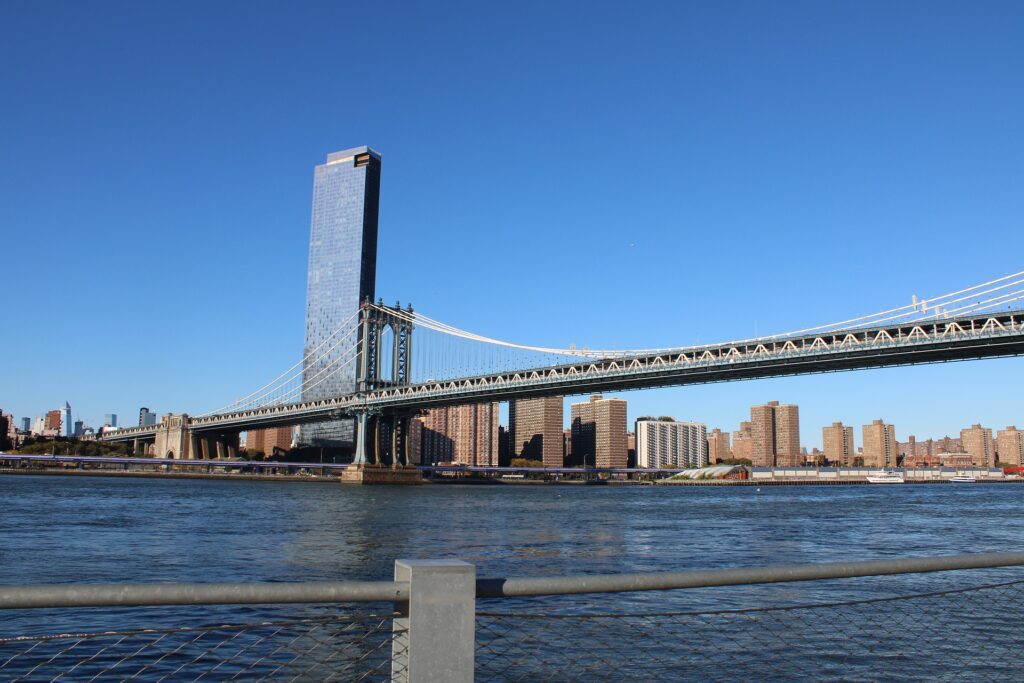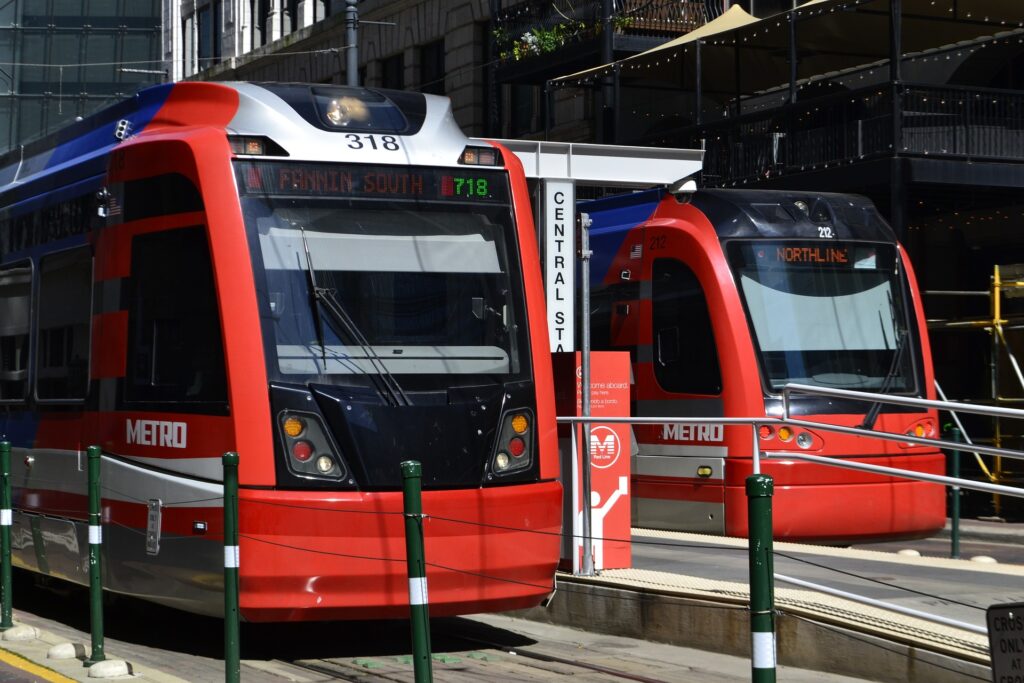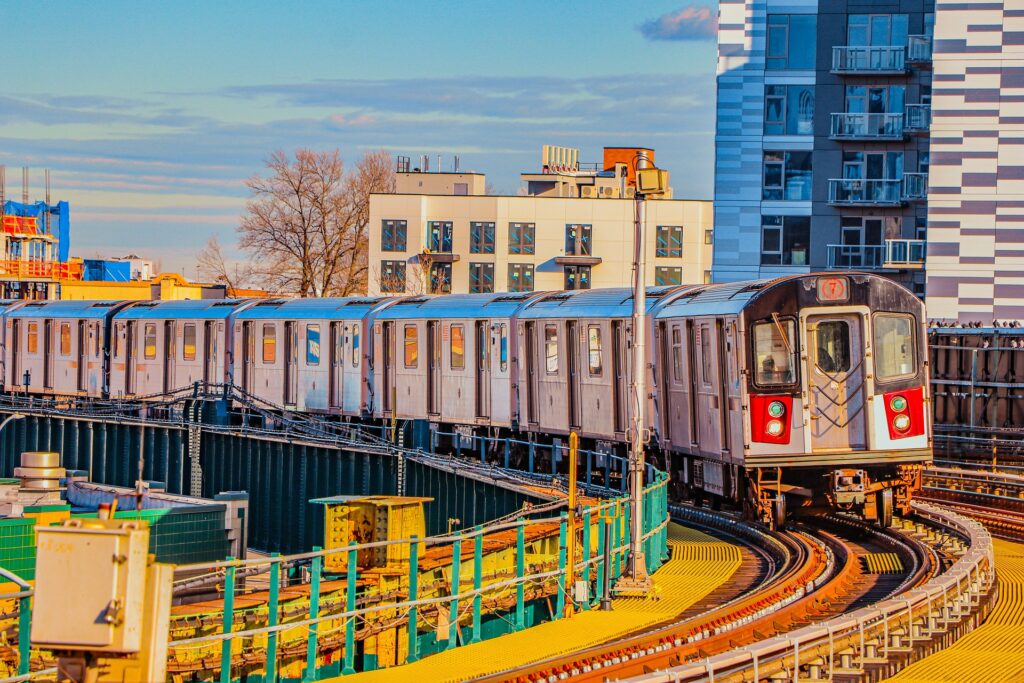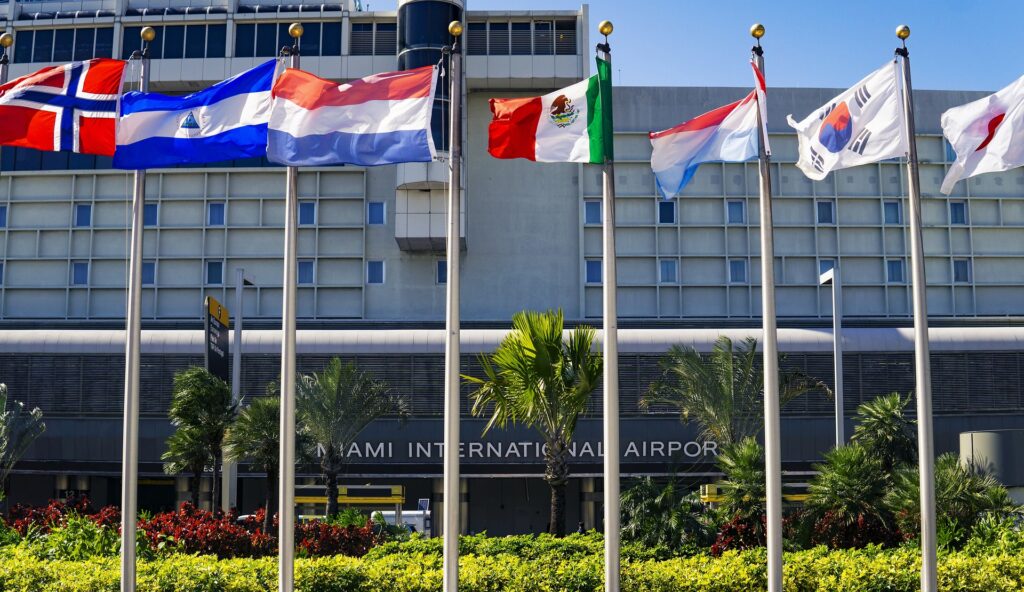Table of Contents:
- Introduction
- Background on Biden’s Infrastructure Plan
- Key Components of Biden’s Infrastructure Plan
- Roads, Bridges, and Highways
- Public Transit
- Railways
- Airports and Ports
- Broadband Internet
- Water Systems
- Electric Vehicles
- Housing
- Funding and Opposition
- FAQs
- Conclusion
Introduction:
President Joe Biden’s infrastructure plan is one of the most significant policy proposals of his administration. The plan outlines a comprehensive approach to rebuilding and modernizing America’s infrastructure, with a focus on creating jobs, improving public safety, and addressing climate change. As such, it has become top news and an important topic for Americans to follow. In this article, we’ll dive into what you need to know about Biden’s infrastructure plan, including its key components, funding, and opposition.
Background on Biden’s Infrastructure Plan:
Biden’s infrastructure plan is officially called the American Jobs Plan. The plan was introduced in March 2021 and seeks to invest $2.3 trillion in America’s infrastructure over eight years. The proposal includes both traditional infrastructure projects, such as roads and bridges, and modern infrastructure projects, such as broadband internet and clean energy initiatives. Biden’s administration argues that the American Jobs Plan is necessary to create good-paying jobs, improve public safety, and address the urgent need to combat climate change.

Key Components of Biden’s Infrastructure Plan:
Roads, Bridges, and Highways:
The American Jobs Plan includes $115 billion to repair and modernize bridges, highways, and roads. This investment would help address the backlog of repairs needed on America’s infrastructure, improve safety, and reduce travel time for Americans.

Public Transit:
The plan includes $85 billion to modernize and expand public transit systems. This investment would help increase access to affordable and reliable transportation, reduce traffic congestion, and create jobs in the transportation sector.

Railways:
The American Jobs Plan includes $80 billion to modernize and expand Amtrak, the United States national passenger rail system. This investment would improve access to high-speed rail, create jobs in the transportation sector, and reduce carbon emissions from travel.

Airports and Ports:
The plan includes $25 billion to improve airport infrastructure and $17 billion to modernize ports. This investment would help improve the safety and efficiency of air travel and maritime transportation, create jobs in the aviation and shipping sectors, and improve the nation’s global competitiveness.

Broadband Internet:
The American Jobs Plan includes $100 billion to expand access to broadband internet in underserved areas. This investment would help bridge the digital divide, create jobs in the technology sector, and increase access to education and healthcare.

Water Systems:
The plan includes $111 billion to modernize and upgrade water systems across the country. This investment would help improve access to clean drinking water, reduce the risk of water-related public health crises, and create jobs in the construction and engineering sectors.

Electric Vehicles:
The American Jobs Plan includes $174 billion to promote the adoption of electric vehicles. This investment would help reduce carbon emissions from transportation, create jobs in the manufacturing and technology sectors, and improve public health by reducing air pollution.

Housing:
The plan includes $213 billion to create and preserve affordable housing. This investment would help address the housing crisis in America, create jobs in the construction and real estate sectors, and reduce homelessness.

Funding and Opposition:
The American Jobs Plan would be funded through a combination of corporate tax increases and increased enforcement of existing tax laws. Biden’s administration argues that these measures would not only pay for the infrastructure investments but also help level the playing field for American workers and businesses.

FAQs:
- How much does Biden’s infrastructure plan cost? Biden’s infrastructure plan, officially known as the American Jobs Plan, is set to invest $2.3 trillion in America’s infrastructure over eight years.
- What are some key components of the plan? Some key components of the plan include investments in roads, bridges, public transit, railways, airports and ports, broadband internet, water systems, electric vehicles, and affordable housing.
- How will the plan be funded? The American Jobs Plan would be funded through a combination of corporate tax increases and increased enforcement of existing tax laws.
- What are opponents of the plan saying? Opponents of the plan argue that it is too costly and would lead to increased government debt. They also argue that the proposed tax increases would harm businesses and the economy.
Conclusion: Biden’s infrastructure plan is a significant policy proposal that seeks to modernize America’s infrastructure and address important issues such as climate change and affordable housing. While it has received criticism from opponents who argue that it is too expensive and could harm the economy, supporters argue that the investments would create jobs, improve public safety, and increase America’s global competitiveness. As the plan continues to be debated and negotiated, it will be important for Americans to stay informed and engaged on this important issue.
